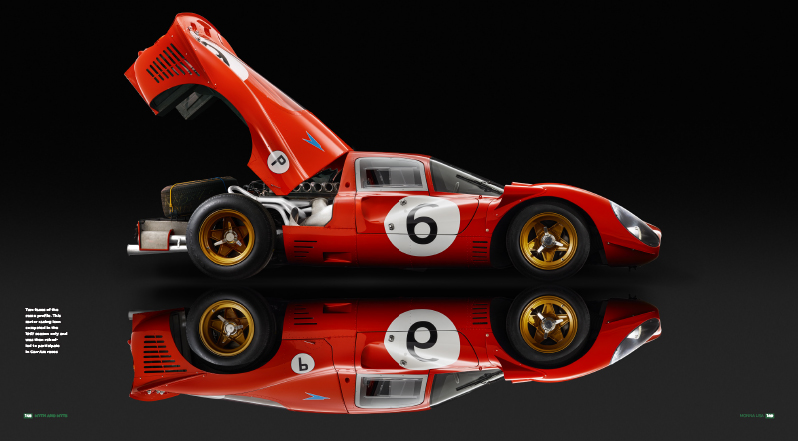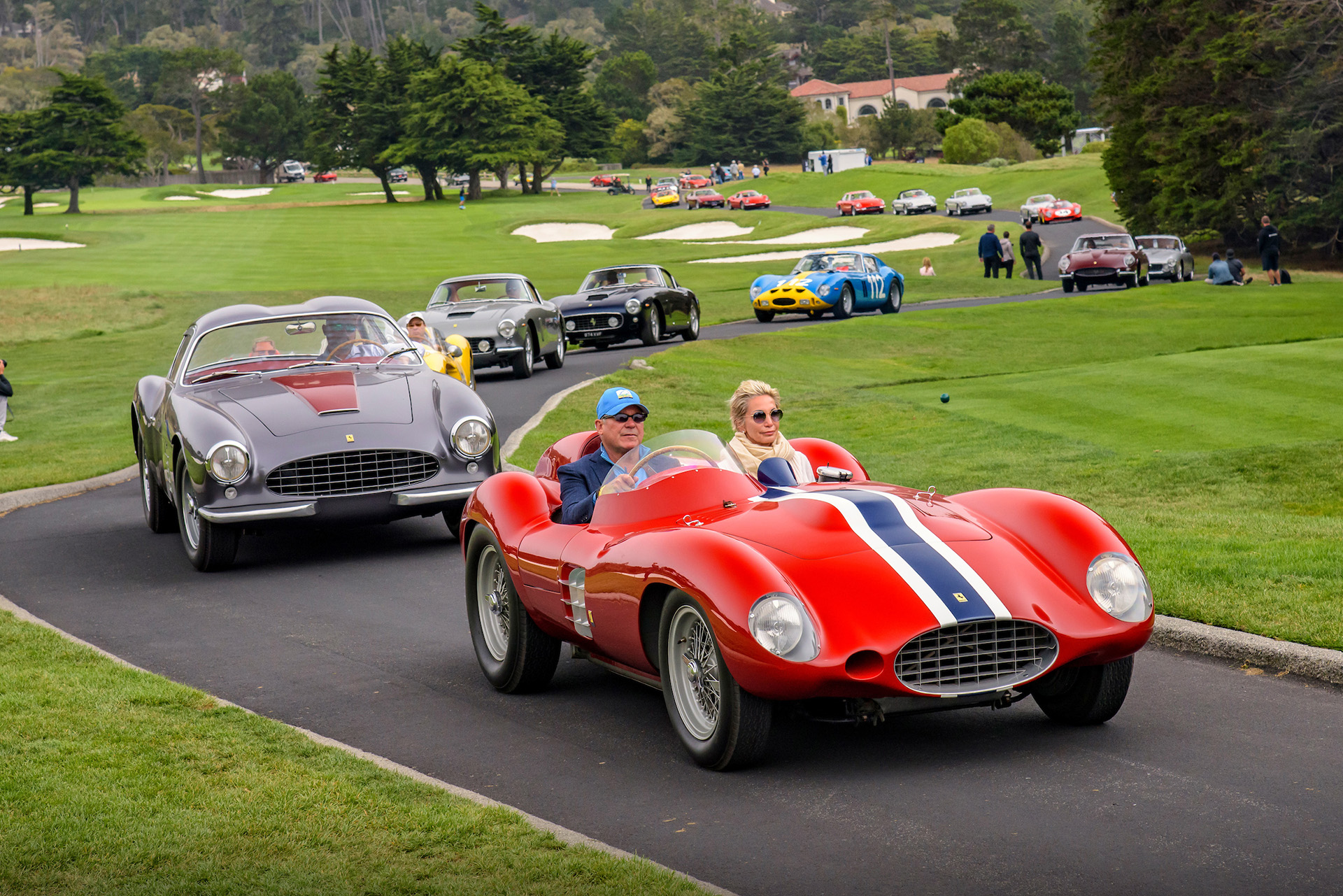Ferrari 330 P4. When even speed was beautiful
12 August 2023 3 min read 4 images

Photo credit: Ferrari, The Key Top of the Classic Car World
Have we reached a point where the aesthetic appeal of the car has been overshadowed by efficiency? It certainly appears that way when you compare models built with the same goal, some fifty years apart, 56, to be exact. Here, we consider two Ferraris, both designed for Endurance Racing: the 330 P4, the Sports Prototypes World Champion of 1967, and its modern counterpart, the Ferrari 499 P, recent victor of the 24 Hours of Le Mans, each vying for the same prestigious title.
Register to unlock this article
Signing up is free and gives you access to hundreds of articles and additional benefits. See what’s included in your free membership. See what's included in your free membership.
Already have an account? Log In


